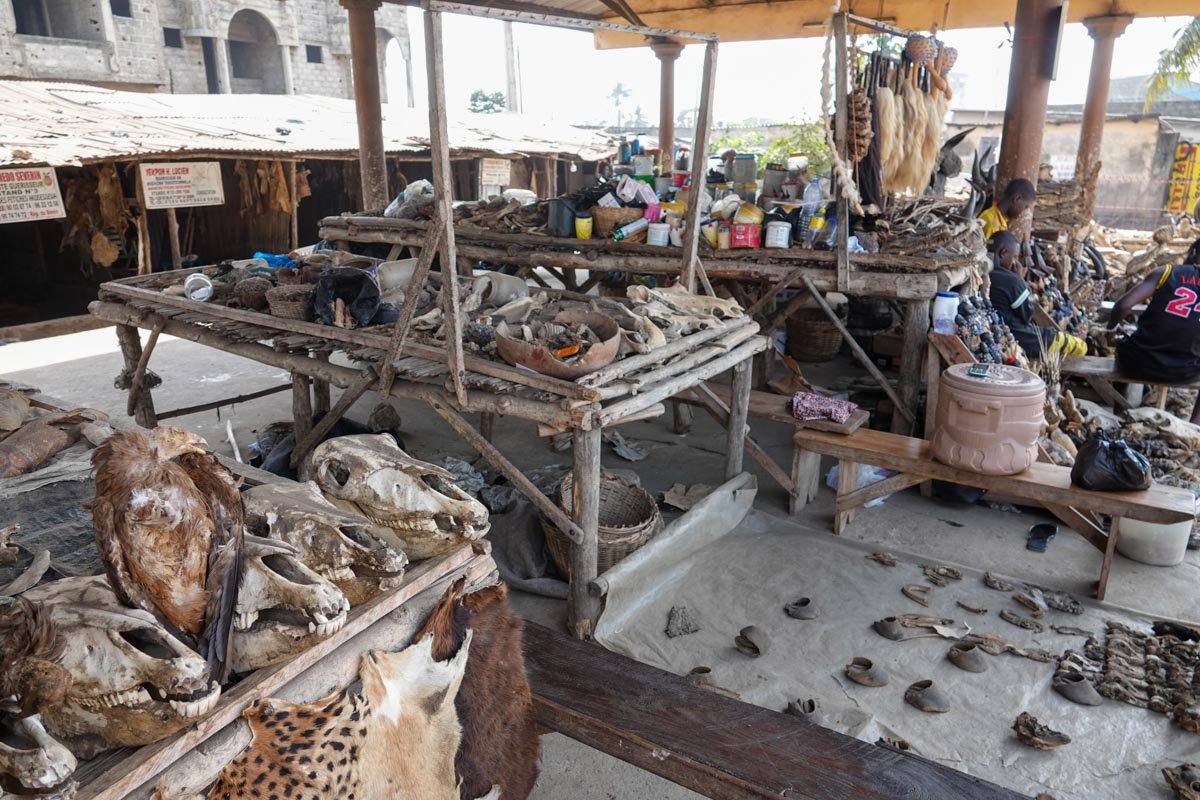Are you ready to go to West Africa?
Our trip to West Africa was another OAT (Overseas Adventure Travel) company trip, our 24th trip with them. We traveled to six west African countries: Ghana, Togo, Benin, Senegal, Cape Verde, and The Gambia. The whole trip was 26 days and of course, was quite interesting, even if challenging for us.
You can see our trip below. We started on the pre-trip in the lower left corner. We flew to Accra, Ghana and then drove to Togo and Benin.
For the main trip, we flew from Benin to Dakar, Senegal. After a few days in Dakar, we boarded our small ship and went to Cape Verde to visit five of the ten islands.
After Cape Verde, we went back to The Gambia for our last country before flying back to Dakar for our flight home. We didn't go to Morocco this trip.
The photo below is from Ghana. It's in a Cocoa Farm. Ghana is the second leading cocoa bean exporter in the world today and was formerly the leader in cocoa bean exporting. We were getting a demonstration on how they process the cocoa fruit for the beans to make chocolate.
Togo is one of the countries in the world where Voodoo is a major religion. Voodoo was born in the West African area from Ghana to Togo to Benin.
The photo below was taken at a famous Voodoo fetish market. It was quite an experience.
We are now in Benin, right next to Togo. Benin is also a hotbed for the Voodoo religion. Snakes play an important role in Voodoo in Benin.
This whole area of West Africa was also the primary area for capturing, selling, and shipping slaves to the new world. Different countries shipped slaves to different areas of South and North America, depending on which Colonial power ruled the area at the time. Below is Goree Island, one of the first transport locations of slavery to the Americas from Senegal, just off the coast from Dakar.
Cape Verde is a group of ten islands, each one different in some ways. Below is Fogo Island, or Fire Island. It's the youngest island, very volcanic and still very active.
Our last visit was to The Gambia. Below is a photo from a visit to a fishing village which was highly entertaining as you can see.













































































































































